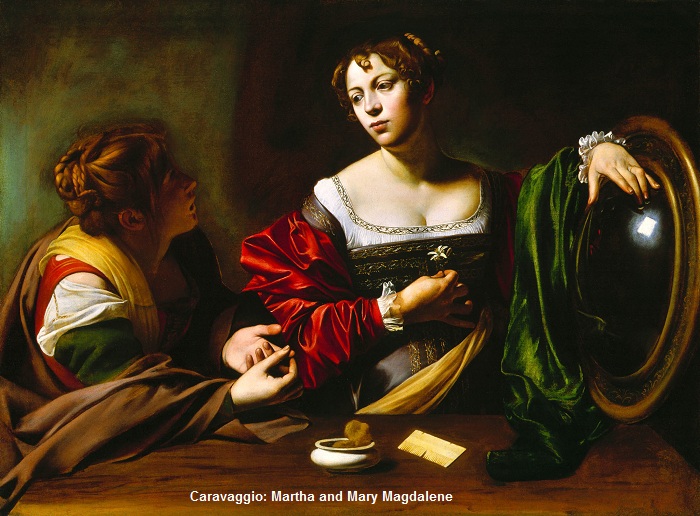
Through February 10th
Bodies and Shadows: Caravaggio and His Legacy introduces the work of Michelangelo Merisi da Caravaggio (1571–1610), one of the most popular artists of the past, rivaling in fame both Michelangelo and Leonardo da Vinci. The stories of Caravaggio's life are legend, more myth than history, describing traits of personality, including passion and brutality, that came to describe the unique qualities of his work. The exhibition, made up of 56 works in all, including a record eight works by Caravaggio himself, covers the evolution of his style. Caravaggio's legacy is expressed in work by about twenty artists from Italy, Spain, France and the Netherlands who carried into the late 17th century the strangeness, beauty and raw emotion of his work.

Caravaggio painted during a time in which acceptable subject matter was still largely controlled by the Roman Catholic church and the royal patronage system. His subject matter is thus constrained predominately to the Gospels; yet within these limits he managed to convey a psychological depth, by using as his models those he knew well, members of the lower castes of society—including, most notably, a well-known prostitute used as a model of the Virgin, which resulted in rejection of the canvas by the church.
The realism Caravaggio employs is most refined in its use of light; while examining the large canvas, The Tooth Puller, I could see through the tersely brushed reflection in a glass bottle on the dentist's table, in a few square inches and one or two lines, the ceiling, windows, and an accurate light source of the interior wherein the scene occurred. Although some doubt that this canvas is a genuine Caravaggio because the scene is secular, as a painter myself, the hand of the master in this work; the solidity of the figures, the lack of sentimentality, the all too human types engaged in the spectacle of public pain, is all too obvious to cause me to suffer any such crisis of faith in this regard.
Additionally, the slight distortion in his use of foreshortening, in which a horizontal line is created separating the bottom third of the canvas by a table that weights the bottom of the picture plane as if it has been tilted down for our viewing (the result of many looks at the same staged tableaux) precedes The Tooth Puller in what is arguably the finest work in the collection: a portrait of Martha and Mary Magdalene (circa 1598). Light and color are vividly depicted in details such as a green cloth next to a mirror which casts a vague greenish hue on the wall behind Martha. The Dutch master Vermeer, born twenty years after Caravaggio's demise, would have appreciated another parallel in these two canvases: a small diamond of white light below Mary's finger on the surface of the mirror which represents an interior window creates a sense of the architectural space in which the viewer now stands, inside the painter's studio.
This content is © 2013, The Hollywood Sentinel and Moira Cue